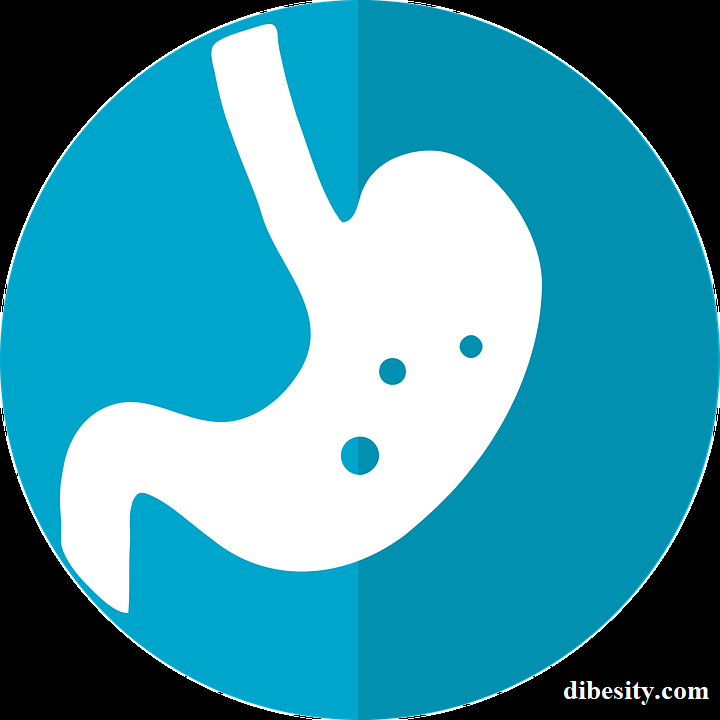In the United States, 13 October is regarded as the Metastatic Breast Cancer Awareness Day.
On the 21st of October, people from all over the world wear pink and raise money for breast cancer patients that are suffering for their lives.
Breast cancer awareness programs are organized to impart knowledge to women about breast cancer. The most important aspect of these programs is to highlight the importance of early screening and detection of breast cancer.
Breast Cancer Awareness:
It’s crucial to realize that the majority of breast lumps are benign and not cancerous (malignant). Breast cancers that are not cancerous are abnormal growths that do not spread to the exterior of the breast.
While most benign breast lumps are not life-threatening, some of them can raise a woman’s chance of developing breast cancer.
Apart from awareness regarding breast cancer, any breast lump or alteration should be examined by a medical practitioner to determine if it is benign or malignant (cancer) and whether it may increase your chance of developing cancer in the future.
Breast cancer is the most prevalent cancer among American women, second only to skin cancer. [Ref]
The greatest approach to detect breast cancer early—before it becomes large enough to feel or cause symptoms—and when it is simpler to treat—is with a mammogram.
Although men can sometimes develop breast cancer, breast cancer affects nearly exclusively women.
Where Does it Start?
Different areas of the breast might serve as the origin of breast cancer. An organ, the breast is located over the upper ribs and chest muscles.
Both the left and right breasts include mostly fatty tissue, ducts, and glands. For the purpose of feeding babies and infants, women’s breasts produce and secrete milk. Each breast’s size is based on the quantity of fatty tissue there is.
There are several components of the breast:
- The glands that produce breast milk are called lobules. Lobular malignancies are tumors that develop here.
- The milk is transported to the nipple via ducts, which are tiny channels that emerge from the lobules. The most typical area for breast cancer to begin is this. Ductal malignancies are cancers that develop here.
- The ducts that join together and expand to form bigger ducts at the nipple of the breast allow milk to flow out of the breast. The areola, a somewhat thicker, darker skin layer, surrounds the nipple. The nipple is where Paget disease of the breast, a less prevalent form of breast cancer, can begin.
- The ducts and lobules are surrounded by fat and connective tissue (stroma), which aids in maintaining their position. The stroma can be the site of the phyllodes tumor, a less frequent kind of breast cancer.
- Each breast has lymphatic and blood arteries as well. A less frequent form of breast cancer called angiosarcoma can develop in the lining of these blood arteries.
Read:
What Are The Symptoms of Breast Cancer?
Breast cancer symptoms vary from person to person. Some people have absolutely no symptoms or indicators at all.
Several breast cancer warning signals include:
- A particular portion of your breast is thicker than usual
- Breast pain in any location.
- Nipple discharge (including blood) that is not breast milk.
- Skin irritation or dimpling on the breasts.
- orange color skin around the breast or nipple.
- Newly found lump in the breast area or under the arm (armpits)
- Pulling sensation in the nipple or nipple region discomfort.
- Any change in the breast’s size or form.
Remember that other diseases besides cancer might cause these symptoms.
What Causes Breast Cancer?
The unusual growth of some breast cells is what causes breast cancer, according to doctors. These cells continue to multiply and divide more quickly than healthy cells do, generating a bulk or lump.
In order to reach your lymph nodes or other regions of your body, cells might spread (metastasize) via your breast.
Breast cancer typically develops from cells in the ducts that produce milk (invasive ductal carcinoma).
Breast cancer can also start in other cells or tissues inside the breast, including the glandular tissue known as lobules (invasive lobular carcinoma).
Researchers have found variables that may raise your risk of developing breast cancer, including hormonal, lifestyle, and environmental ones.
However, it is unclear why some individuals with no risk factors for the disease have cancer and others with risk factors never do.
Breast cancer is probably brought on by a complicated interplay between your environment and genetic makeup.
Risk factors and awareness about breast cancer
The following are some of the elements linked to an elevated risk of breast cancer:
Women:
Being a woman breast cancer is far more common in women than in males.
History of prior cancer:
An individual’s breast cancer history. You run a higher chance of getting breast cancer in the second breast if you’ve already had it in the first.
Advancing age:
As you become older, your chance of breast cancer rises.
Genetic susceptibility:
Inherited genes raise the chance of cancer. It is possible for parents to pass on some DNA mutations that enhance the risk of breast cancer to their offspring.
The BRCA1 and BRCA2 gene mutations are the most well-known ones. These genes can significantly raise your chance of developing breast cancer and other malignancies, but they do not guarantee that you will develop one.
Atypical breast lesion:
A description of any breast problems you may have had personally. You are more likely to develop breast cancer if a breast biopsy revealed lobular carcinoma in situ (LCIS) or atypical hyperplasia of the breast.
Exposure to radiation:
Your chance of developing breast cancer is higher if you had chest radiation treatments as a kid or young adult. So awareness about the cause of cancer spread is important.
Menarche before age 12:
Your chance of developing breast cancer rises if you start menstruating before age 12.
Obesity:
Your chance of developing breast cancer rises if you are obese.
Read:
Less common risk factors of Breast Cancer
Late menopause:
Starting menopause later in life. Breast cancer is more likely to strike women who started menopause later in life.
Pregnant after 30:
Being a parent for the first time later in life. Breast cancer risk may be higher for women who have their first child after turning 30.
Women on OCPs:
Breast cancer risk is higher for women who use estrogen and progesterone-containing hormone treatment drugs to address menopausal symptoms and signs. When women quit using these drugs, their chance of developing breast cancer lowers.
Women who have never been pregnant:
Compared to women who have had one or more pregnancies, women who have never been pregnant have a higher chance of developing breast cancer.
Alcohol consumption:
Alcohol consumption in women has been associated with breast cancer.
Breast Cancer in Men:
On average only 1 out of 100 men can be affected with breast cancer. [Ref]
Male or female, all individuals are born with some breast tissue and cells. Males do not naturally generate milk-producing breasts, but cancer can still grow in the tissue and cells that make up a man’s breasts.
Male breast cancer is still extremely uncommon. Males account for less than 1% of all breast cancer cases.
Typically, men with breast cancer will have a firm bump beneath their nipples and areola.
Male mortality is greater than female mortality, partly because males are lack awareness of this disease and less likely to believe a lump is breast cancer, which might postpone getting treatment. Men diagnosed with the disease tend to be older than 50.
Myths and Misinformation About Breast Cancer
Several myths & rumors are spread around the world about breast cancer and here we have a few.
The presence of a breast lump indicates breast cancer.
Breast lumps that turn out to be cancerous are quite infrequent. But you should never dismiss a new or persistent lump you find in your breast or any changes in the tissue of your breast.
It’s crucial that you visit a doctor for a clinical breast exam. To assess whether or not this lump needs attention, he or she could request breast imaging tests.
Breast cancer is more likely to strike you if it runs in your family.
While those with a family history of breast cancer are at increased risk, the majority of breast cancer victims don’t have a history of the disease in their families.
According to statistics, just 10% of those who are given a breast cancer diagnosis have a family history of the condition.
Breast cancer is caused by antiperspirants and deodorants.
Many experts and others have highlighted a potential link between the usage of underarm deodorants and breast cancer since they are administered close to the breast and contain possibly dangerous components.
The usage of these items does not appear to cause breast cancer, according to scientific research. [Ref]
Awareness regarding the incidence of breast cancer
When it comes to picking its victims, breast cancer doesn’t have any preferences. According to data from the American Cancer Society (ACS), there will be roughly 2,670 new instances of invasive breast cancer found in males, and 500 of these men will pass away from the condition. [Ref]
Awareness and myth that breast cancer is contiguous
It is believed that breast cancer can be caused by close contact between one person with another. Breast cancer develops as a result of altered cells growing out of control and spreading to nearby tissues.
Awareness about the spread of breast cancer through mammograms
Mammograms are regarded as the gold standard technique for early diagnosis of breast cancer. It is not possible for people to get cancer through this procedure.



